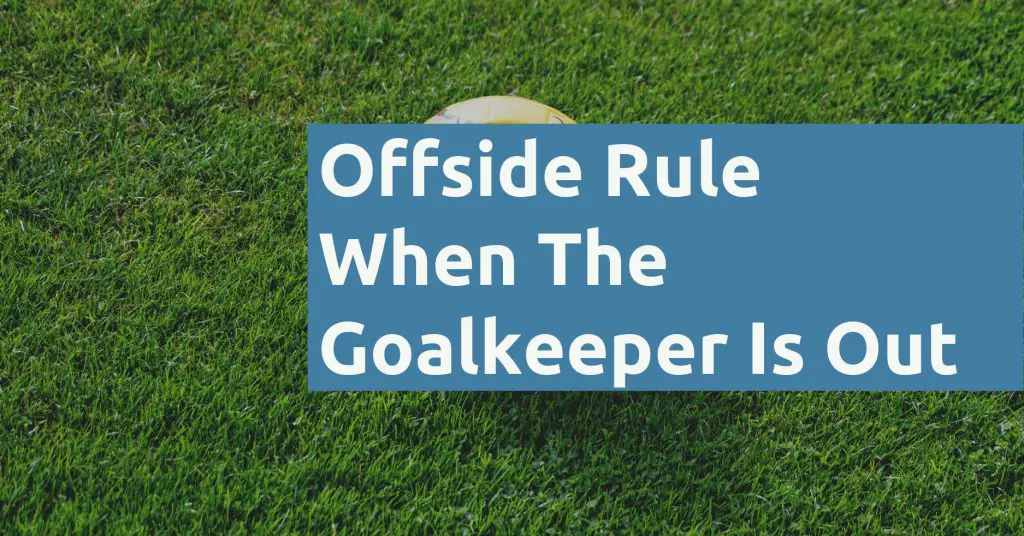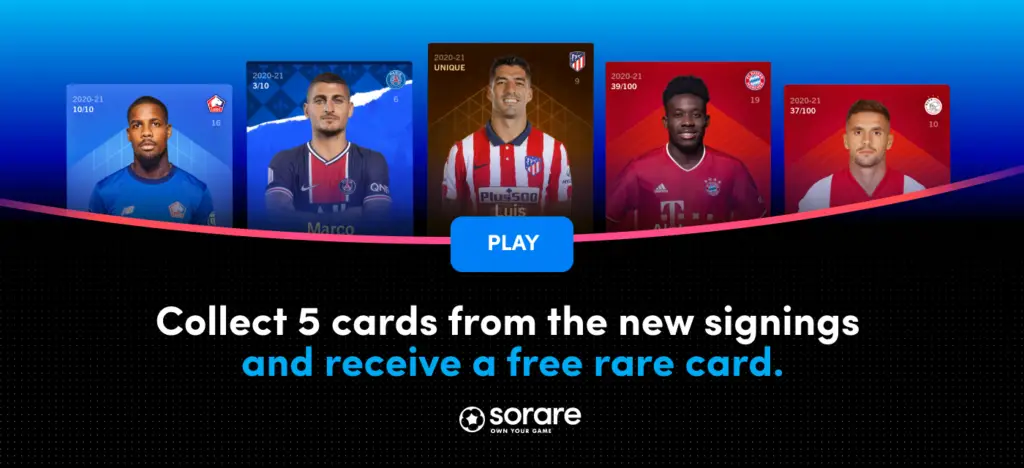Last updated on December 1st, 2022
The offside rule is something that can be really confusing.
You may wonder, how does the offside rule apply when the goalkeeper comes out to defend the goal?
Here’s an in-depth explanation of this issue:
Contents
- 1 How does the offside rule apply when the goalkeeper is out?
- 2 You are in an offside position if you are ahead of the second-last opponent
- 3 The goalkeeper is usually the player that is furthest back
- 4 The goalkeeper is not counted as the last 2 opponents when he rushes out
- 5 Is it offside if the player is behind the goalkeeper?
- 6 Assistant referees always take reference to the second-last opponents
- 7 Conclusion
How does the offside rule apply when the goalkeeper is out?
So long as the attacker is in line with or behind the second-last opponent, he is considered to be in an onside position. If the goalkeeper runs out and 2 of his teammates are behind him, his position will not affect the offside rule, and won’t be used as a point of reference when the referee makes the offside call.
You are in an offside position if you are ahead of the second-last opponent
According to the Laws of the Game, a player is in an offside position if:
- any part of the head, body or feet is in the opponents’ half (excluding the halfway line) and
- any part of the head, body or feet is nearer to the opponents’ goal line than both the ball and the second-last opponent
- The hands and arms of all players, including the goalkeepers, are not considered.
The rules here only mentioned ‘second-last opponent‘. It did not make a distinction between a player and the goalkeeper.
As such, the goalkeeper may not actually be one of the last 2 opponents, depending on his position relative to his teammates. If he is further up the field than 2 of his teammates, his position will not be considered in the offside rule.
However, if you are past the last defender but are behind the ball, you will actually still be onside!
The goalkeeper is usually the player that is furthest back
Usually, the goalkeeper will be the player that is the furthest back of any of his teammates. When the offside line is drawn, the last defender will be taken as the reference point for the offside line.
Let’s take this example of 3 players on the pitch, with the goalkeeper being ‘1’.

The goalkeeper is the player that is the furthest back. As such, the offside line will be referenced to the last defender (number ‘2’).
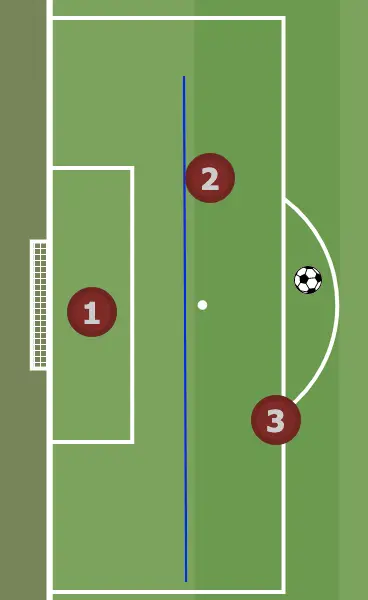
However, number ‘2’ is only considered as the last defender. He is actually the second last opponent since the goalkeeper is behind him!
The goalkeeper is not counted as the last 2 opponents when he rushes out
However, when the goalkeeper rushes out, it may be possible that 2 of his teammates are behind him.
Using the same example, let’s say that ‘1’ is the goalkeeper and he rushes out to defend the ball.
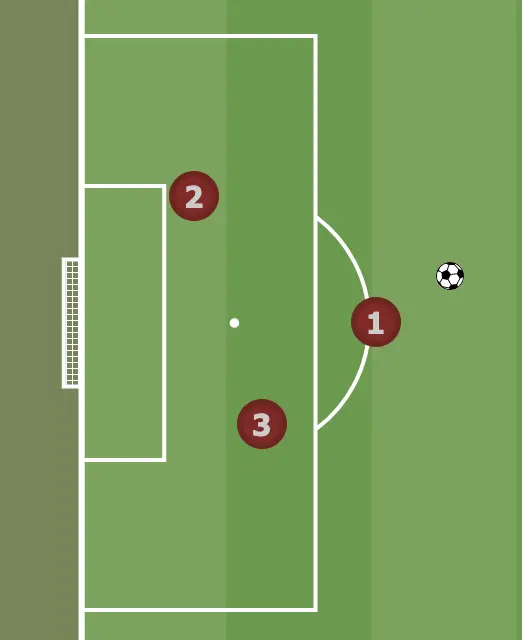
As such, the goalkeeper is no longer considered to be one of the last 2 opponents. Both of his teammates will be considered as the last 2 opponents.
In this case, player ‘3’ will be taken as the reference for the offside line.
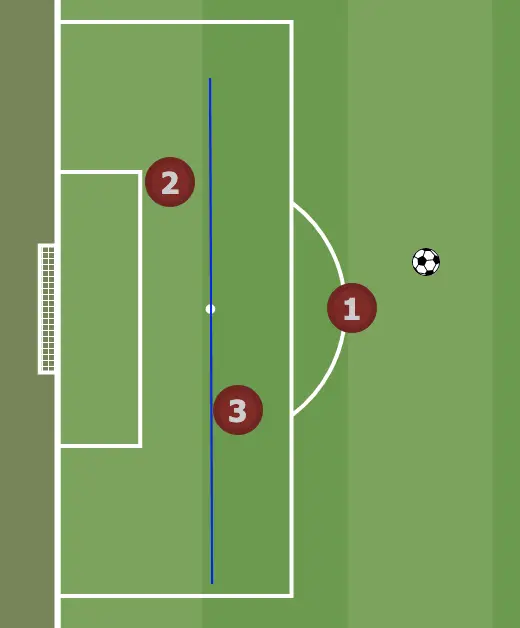
Player ‘3’ is not the last defender. However, in this case, he is the second last opponent. This is why he is the point of reference for the offside line.
If you are in line with player 3, you will still be in an onside position. It no longer matters where the goalkeeper is, since he is no longer one of the last 2 opponents!
The goalkeeper may be in the other half during a late corner kick as well. However, if there are 2 of his teammates that are further back than him, his position will not matter!
Here is a further explanation for this rule:
Does the goalkeeper count in the offside rule?
The goalkeeper is usually included in the offside rule since he should be the player that is the furthest behind. However, if there are 2 other players from the same team who are behind the goalkeeper, the position of the goalkeeper will not be taken into consideration when determining if a player is offside.
Is it offside if the player is behind the goalkeeper?
If the goalkeeper is the second-last opponent and you are behind him, you will be deemed as offside. However, if there are 2 players behind the goalkeeper, you will only be offside if you are ahead of the second-last opponent.
Here are some examples of this situation happening in real life:
Enner Valencia vs Qatar (2022 World Cup)
In this extremely interesting scenario in the opening match of the 2022 World Cup, Enner Valencia’s goal was ruled out for offside.
This was mainly due to the goalkeeper rushing out to get the ball from the free kick, and he was further out than the last 2 defenders.
This extremely close call was made with the help of FIFA’s brand-new technology, which ruled that Michael Estrada (number 11) was ahead of the second-last defender.
In this case, the goalkeeper was deemed to be slightly ahead of the second-last defender, so he wasn’t considered one of the last 2 defenders.

Carlos Vela vs South Africa (2010 World Cup)
Another famous incident occurred when Mexico played South Africa in the 2010 World Cup.
During a corner kick, the South African goalkeeper came off his line. One of his defenders was still at the goal line.
The ball was headed to Carlos Vela, who scored the tap-in. However, the goal was ruled offside!
Why is this so?
When the goalkeeper came out, he was the second-last opponent. As such, the offside line is now with reference to the goalkeeper’s position.
Since Vela was ahead of the goalkeeper, he was in an offside position. This is why the goal was ruled out!
One way you can visualise it better is by swapping the defender on the line with the goalkeeper. Since Vela was ahead of the defender, he is in an offside position!
Here is a further explanation of why this goal was ruled offside:
Harry Kane vs Chelsea (2021/22 EFL Cup Semi-Final)
The same situation happened in this EFL Cup Semi-Final second-leg match between Chelsea and Tottenham.
Chelsea’s goalkeeper, Kepa Arrizabalaga, went out of his goal to defend Tottenham’s attack, such that there were 2 defenders that were behind him.
You can find out more about why this goal was disallowed in this video here:
Antonio Rudiger and another Chelsea defender were deemed as the last 2 defenders, since Kepa was already ahead of them.
Since Harry Kane was ahead of the second-last defender, he was deemed to be in an offside position.
Gabriel Martinelli vs Brighton (Premier League 2021/22)
In this incredibly tight call that took 3 minutes and 40 seconds for the Video Assistant Referee (VAR) to make a decision, Gabriel Martinelli’s goal was eventually ruled offside.
There were multiple players that were just in front of goal. Based on the camera angle, Martinelli was deemed to be the furthest player forward because of his arm.
You can find out more about which body parts count for offside here.
Since Martinelli was deemed to be ahead of the last 2 defenders (and even the goalkeeper), his goal was ruled offside.
Assistant referees always take reference to the second-last opponents
Assistant referees have one of the hardest jobs in making offside calls. They will tend to keep in line with the second-last opponent to make the call.
As such, the second-last opponent is always used as the point of reference for the offside line!
Conclusion
The offside line is referenced to the second-last opponent of the defending team. It does not matter whether the goalkeeper is one of these players or not.
If the goalkeeper comes out of his goal, he may no longer be one of the last 2 opponents. In this case, it does not matter where the goalkeeper is.
This is because only the positions of the last 2 opponents matter!
So long as you are in line with the second-last opponent, you will still be in an onside position!
You can find out more about why we need the offside rule here.
If you’re looking to buy the latest football merchandise from your favourite club, you can check out the latest deals at Kitbag.
Subscribe to Telegram and Twitter to get the latest updates!

Are you passionate about football and want to earn some side income?

